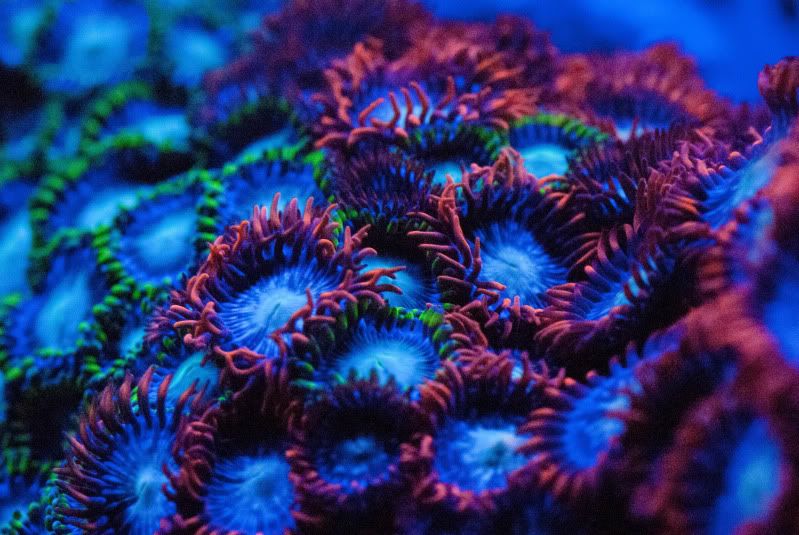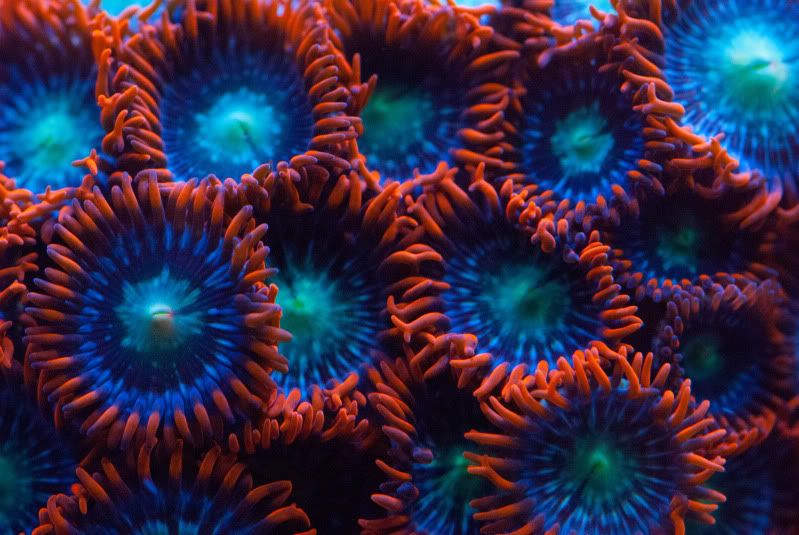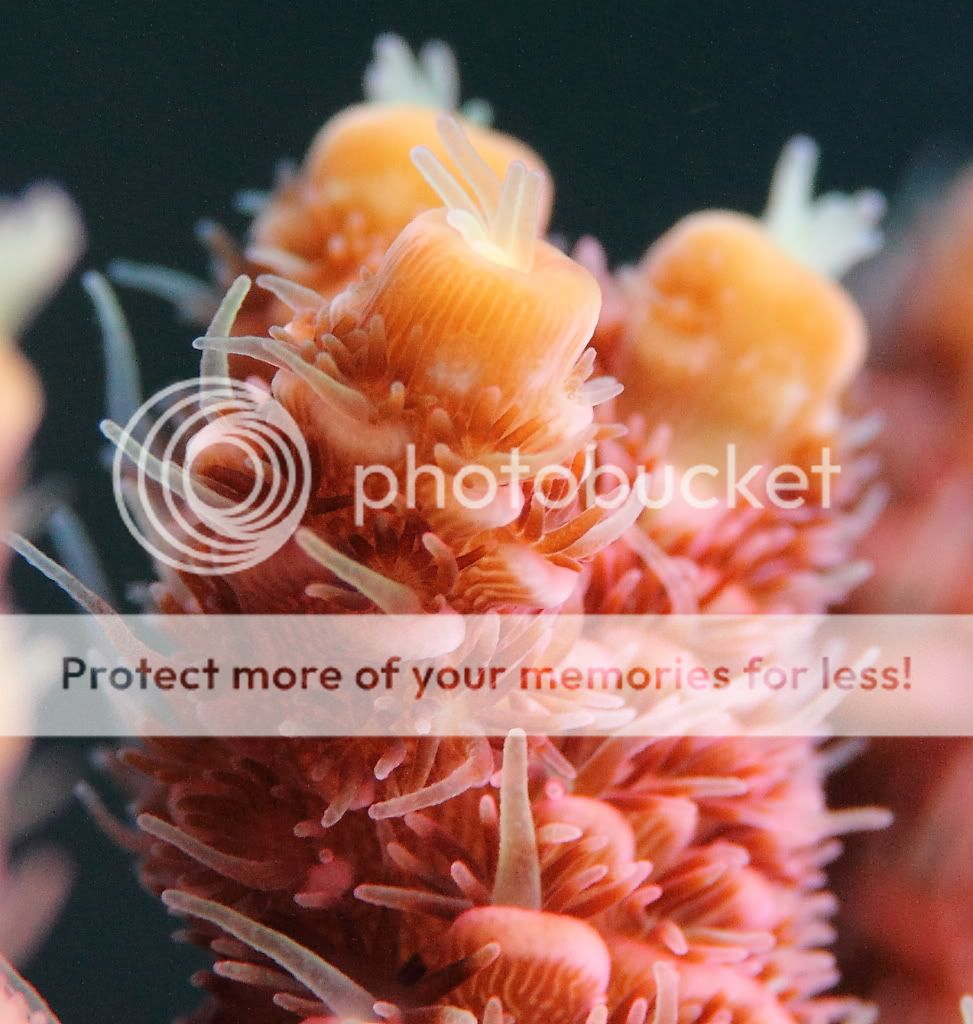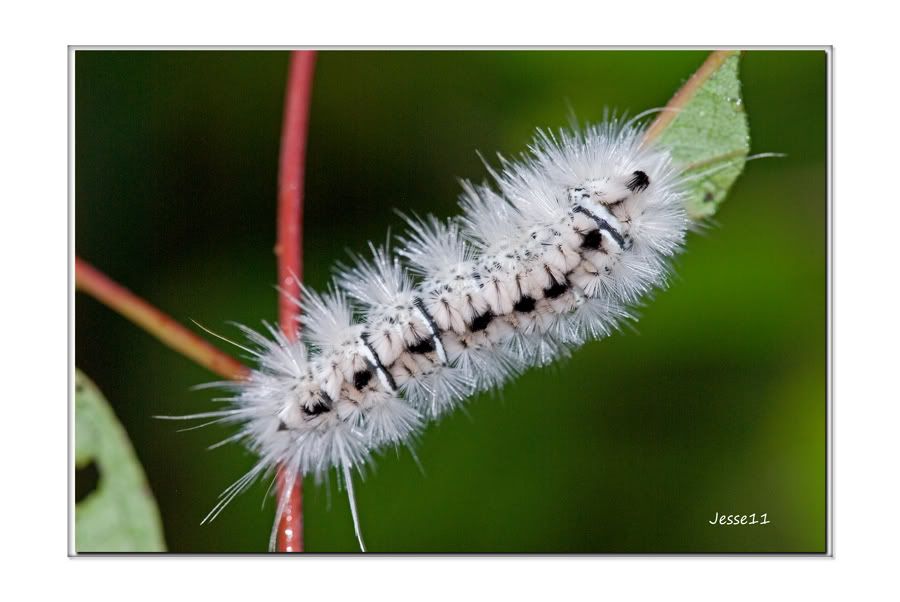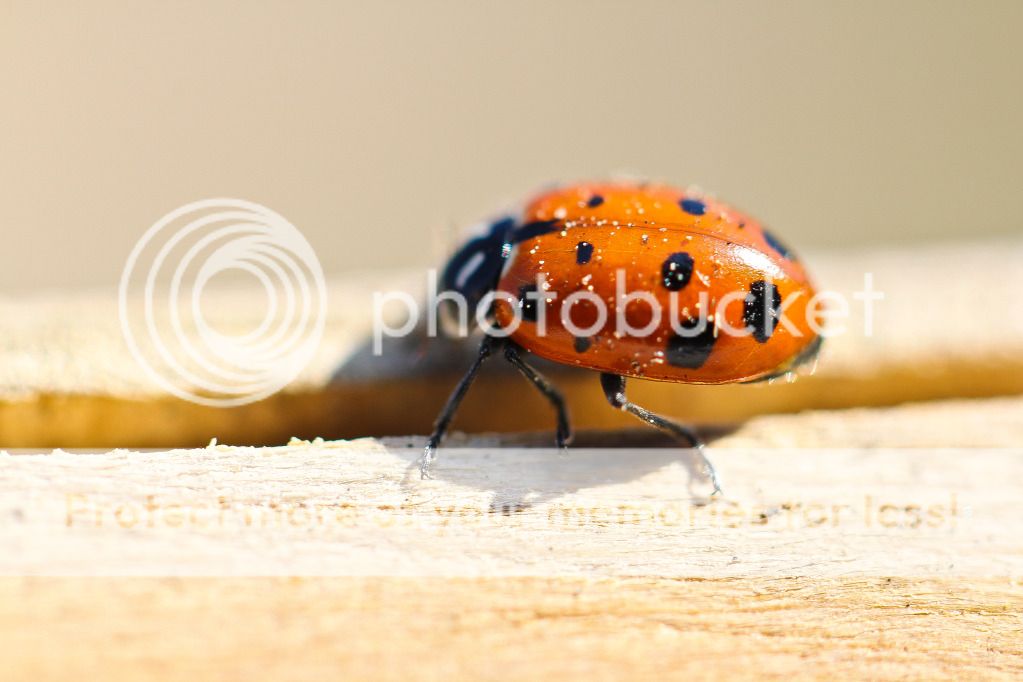fishsticks4sale
New member
Wondering if we have MACRO canon or nikon users on here, i wanted to share some of my latest snaps. im using a canon 100mm L Series macro lens along with my canon 60D. Please share your MACRO photography with the world 
This picture here is of my chalice.

This picture here is of my chalice.



